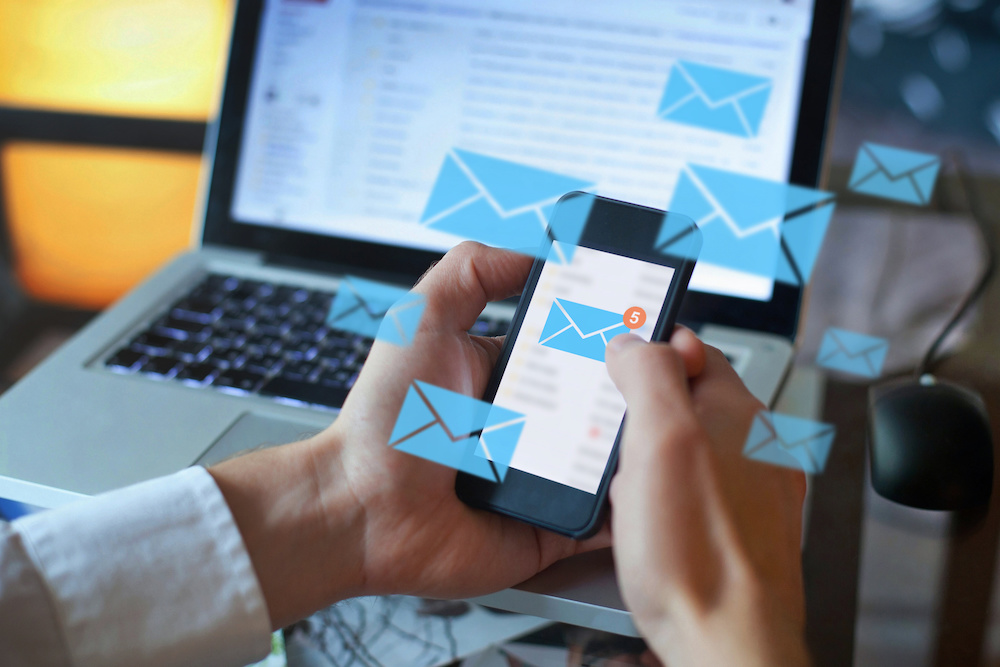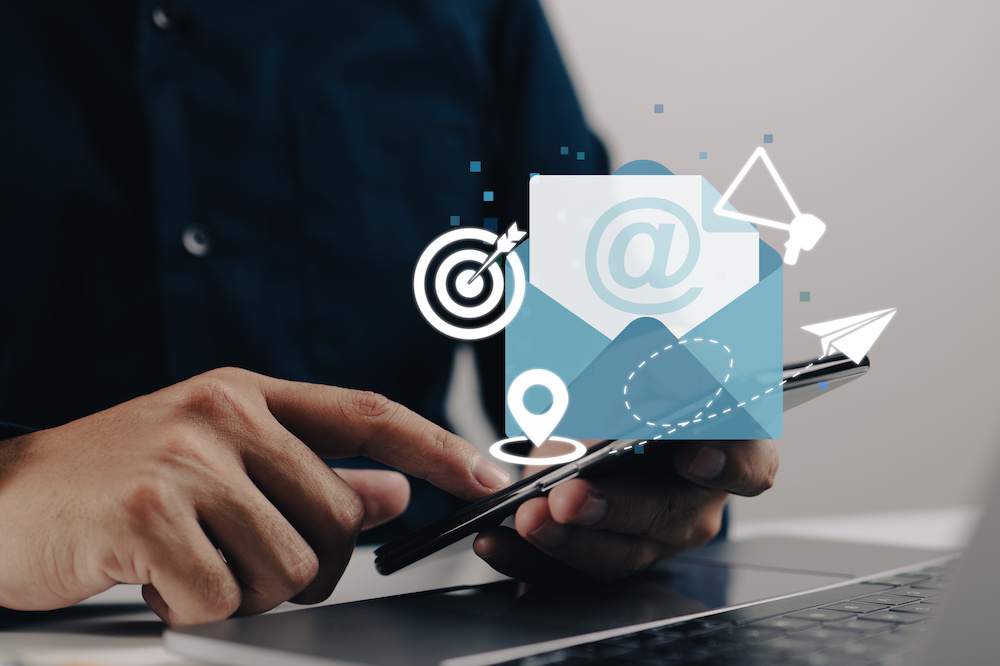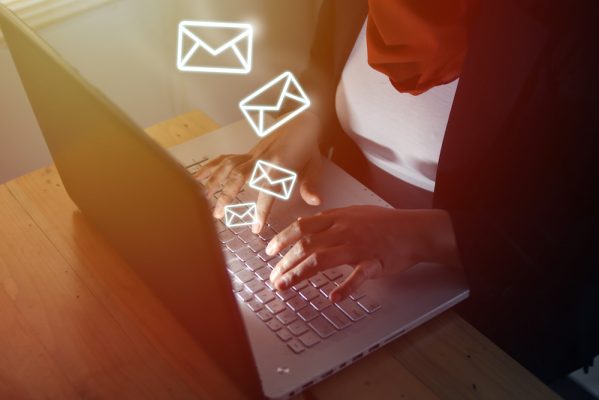Email marketing has become a popular tool for businesses to reach and engage with their target audience. It is an effective way to share information, build relationships, and grow your customer base. But, like any marketing tactic, there are certain best practices that should be followed.
In this article, we’ll give you an overview of email marketing, as well as a list of dos and don’ts to ensure your emails are successful. We’ll cover topics such as creating unique content, personalizing messages, optimizing your landing page, and more.
We’ll also provide tips on things to avoid, such as overusing emails, buying email lists, and sending attachments. Armed with this information, you’ll be ready to create emails that achieve your desired results.
What is Email Marketing?
Email marketing is a type of digital marketing that uses email to promote products and services. It is commonly used by small businesses, medium-sized companies, and large corporations who are looking to build relationships with their customers and boost sales.
Email marketing involves sending emails to a list of subscribers, which can include existing customers, potential clients, or other contacts. These emails often contain promotional messages, product information, and other content designed to engage the reader and encourage them to take action.
The goal of email marketing is to build relationships with customers, increase brand awareness, and generate leads.

Dos of Email Marketing
When creating emails for your marketing campaigns, there are certain dos and don’ts to keep in mind. Start by creating unique content that speaks to your target audience.
Personalize messages by using the recipient’s name and make sure to include a call-to-action to encourage engagement. Also, make sure your landing page is optimized for the best user experience.
Create Unique Content
Creating unique content is key to successful email marketing. Your emails should be crafted with the goal of providing value to your subscribers.
You want to ensure that your content is interesting and relevant to them. Try to avoid emailing the same content to all of your subscribers, as this can lead to them becoming unengaged and unsubscribing.
Consider segmenting your list to ensure that you’re sending content that is tailored to each individual. You should also strive to optimize your content for mobile devices, as more and more people are using their phones to read emails.
Personalize Messages
Personalizing messages is a great way to make sure your emails stand out from the crowd. By including the recipient’s name, you can make them feel like they are receiving a message tailored just to them.
You can also use personalization to target emails to specific user segments. By sending tailored content, you can ensure that the right message is being sent to the right people.
When personalization is done right, it can help you to build longer-term relationships with customers and increase your click-through rate.
Include a Call-to-Action
When it comes to email marketing, it is important to give your readers a call-to-action. This will make your emails more effective and help you reach your goals.
A call-to-action can be anything from a simple link to a page on your website, to an invitation to join your mailing list, or even to a discount code. Whatever action you choose, make sure it is clearly visible, easy to understand, and relevant to the content of your email.
In addition, make sure your landing page is optimized for the call-to-action you have chosen. This means that the page should contain all of the information necessary for the reader to take the desired action.
Make Sure Your Landing Page is Optimized
Once you’ve crafted your perfect email and driven readers to your website, the last step is making sure your landing page is optimized. Make sure the page is loading quickly, is mobile friendly, and most importantly, is relevant to the message your email is conveying. Think of it as the last impression you’ll be making on your readers. You want it to be a good one!
Additionally, include a form at the end of your landing page so customers can easily sign up or register for your product or service. This way, you can make sure you’re collecting the right data and building your customer list with ease.

Don’ts of Email Marketing
There are definitely some practices to stay away from. Below we will discuss email tactics you should not use.
Don’t Overuse Email
Sending too many emails can damage your relationship with your audience. People can become overwhelmed and unsubscribe or mark your message as spam. It’s important to remember that it’s quality over quantity when it comes to email.
Make sure you’re not sending too many emails and that you’re only sending the ones that are necessary and valuable to your audience. If you’re sending emails too frequently, consider sending fewer emails or changing your timing.
Additionally, it’s important to send emails at times when your audience is likely to open and read them.
Don’t Use Spammy Subject Lines
Don’t use spammy subject lines—this might seem obvious, but it’s worth reiterating. Spammy subject lines will cause your emails to be flagged as spam, and could even get your account suspended.
Use clear, concise language, avoid unnecessary capitalization and punctuation, and avoid words like ‘free’ and ‘guarantee’. Additionally, make sure the subject line accurately reflects the content of the email, so that you don’t mislead your recipients.
Don’t Buy Email Lists
Don’t buy email lists—it’s a huge no-no! When you purchase an email list, you’re sending your message to people who have not expressed interest in your product or service. This makes it much more likely that your message will be marked as spam and thus, never seen.
It’s also important to remember that buying email lists is illegal in some countries, so it’s best to avoid it altogether. Instead, focus on growing your own email list organically by encouraging people to sign up for your newsletter or other content.
Don’t Send Attachments
Sending attachments in an email can sometimes be helpful, but it’s generally a bad practice. There’s a higher chance that the attachment can be blocked by a spam filter, and it can also take longer to download.
Additionally, it can clutter up the reader’s inbox and give them a negative impression of your brand. Instead, try to provide a link that leads to the content you want to share. That way, the reader will have the option to view the content when they have the time, and you won’t have to worry about your email being blocked.
Email Marketing Best Practices
Email marketing is a vital tool in any successful digital marketing strategy. With the right approach, you can create unique, personalized content that leads to higher conversion rates and increased customer satisfaction.
The key is to ensure that you are following the dos and don’ts of email marketing, including creating unique content, personalizing messages, including calls-to-action, optimizing your landing page, avoiding overuse of emails, avoiding spammy subject lines, avoiding buying email lists, and avoiding sending attachments.
By following these best practices, you can ensure that your email marketing campaigns are successful.





